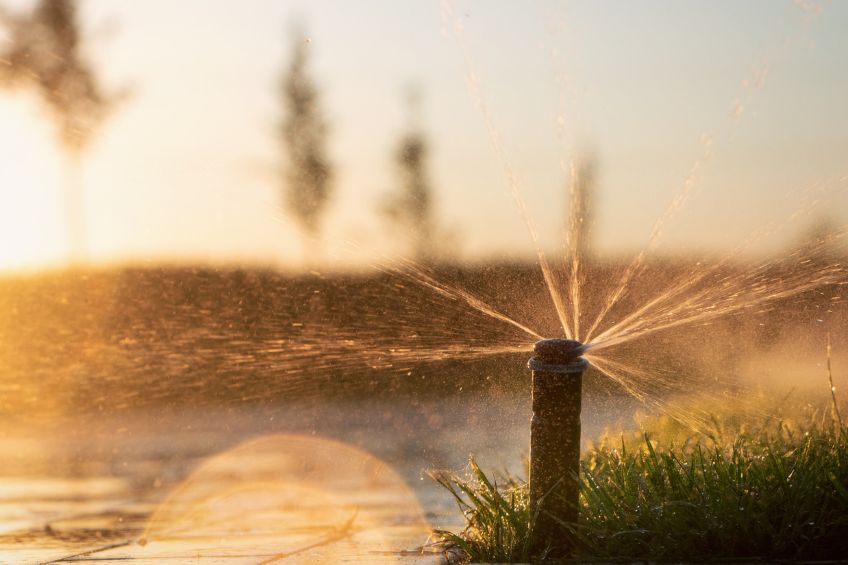
In Utah’s dry climate, conserving water isn’t just recommended—it’s part of responsible property care. The way your sprinkler system is designed directly impacts how efficiently your landscape uses water. A thoughtfully planned system minimizes waste, reduces runoff, and ensures plants get exactly what they need to thrive—no more, no less.
Your sprinkler system should deliver water based on plant type, exposure, and soil condition. Turfgrass, flower beds, and shrubs should each have their own zones to avoid under- or overwatering. When you group plants with similar water needs, you gain more precise control over how each section of your landscape is irrigated.
Zones should also account for sun exposure. South-facing areas may dry out faster and require more frequent watering than shaded sections. Separating these into different zones lets your system deliver the right amount of water where it’s needed most.
The equipment you install plays a major role in water conservation. Standard spray heads are common, but they’re not always the most efficient for Utah landscapes. More advanced options help you reduce evaporation and increase water absorption.
Installing the right components doesn’t just save water—it reduces maintenance and extends system life.
Modern irrigation controllers do more than run on a timer. With a smart controller, your system can adjust to real-time weather data, reducing output on cooler days and shutting off automatically after rainfall. When paired with rain or soil moisture sensors, smart controllers prevent unnecessary watering and increase responsiveness to seasonal changes.
Over time, these tools can significantly reduce your water usage without compromising plant health.
When you irrigate matters. Watering early in the morning—typically between 4 a.m. and 8 a.m.—minimizes evaporation and allows water to reach the roots before heat builds. Deep, infrequent watering encourages stronger root systems and improves drought tolerance.
You should also monitor your system weekly. As temperatures shift from spring into summer, slight adjustments in duration and frequency can improve performance and reduce waste.
Sprinkler design works best when paired with a landscape that supports conservation. Replacing portions of turf with native plants, ground cover, or mulch helps reduce the total area that needs irrigation. Mulch, in particular, helps retain soil moisture and stabilize soil temperatures.
Fewer irrigated zones mean lower demand on your system—and more water saved.
Bonneville Sprinkling designs, installs, and maintains efficient sprinkler systems throughout Utah. With decades of experience in Utah’s unique climate, we tailor every system to maximize performance while supporting water conservation goals. Whether you need a seasonal tune-up or a full system overhaul, our team is here to help you build a more sustainable landscape.